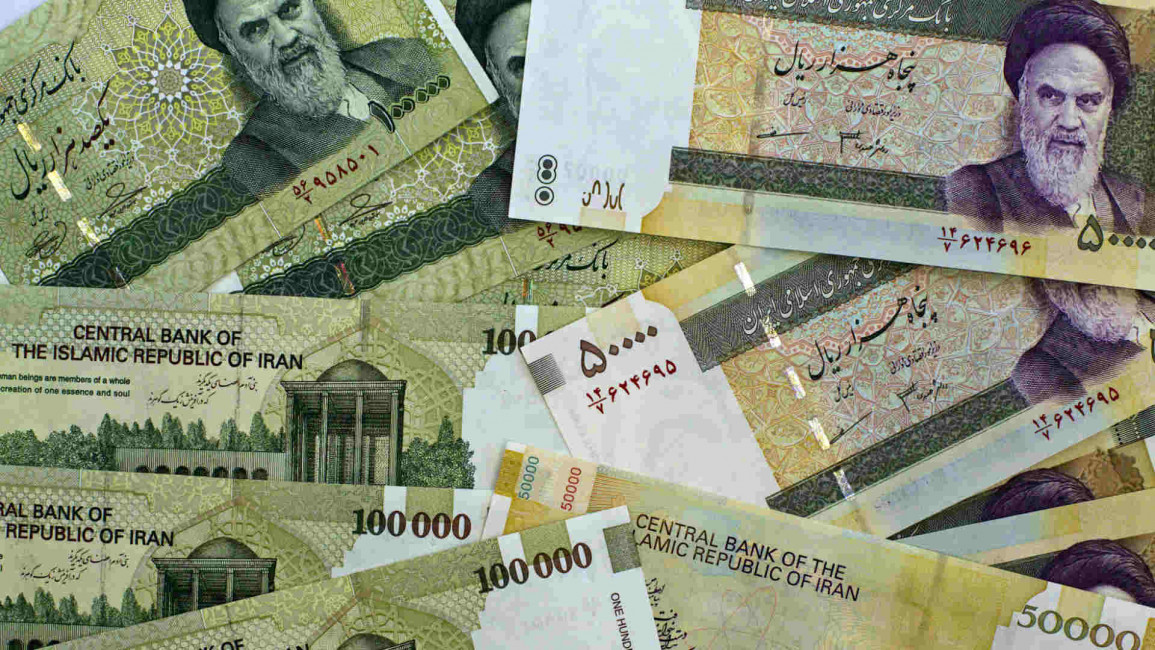Iran's rial hits new record-low amid nuclear deal worries
Iran's currency fell more than six percent against the US dollar on Sunday, hitting another record-low, as fears of a US withdrawal from the nuclear deal continues to drive the exchange rate downward.
The rial reached 55,200 to the dollar at the close on the open market - a drop of nearly one-third in the past six months - according to the Financial Informing Network, which tracks fluctuations in the free rate.
"There is a clearly an increase of people buying dollars because they think the United States will pull out of the nuclear deal," said the head of an exchange office in Tehran, who spoke on condition of anonymity to AFP.
The official exchange rate stood at 37,814 on Sunday, and the gap between it and the black market continues to widen. Experts say there is a risk of high inflation, which the government has battled to keep under control.
"The government can't do anything when there is this much panic. If the US exits the agreement, the Iranian currency could collapse even further and reach 70,000 to the dollar," said the exchange dealer.
Parliament last Monday summoned the head of the central bank, Valiollah Seif, and Economy Minister Masoud Karbasian to discuss currency troubles.
There have been long queues outside exchange offices for weeks in Iran, as uncertainty over the future of the P5+1 nuclear deal looms.
Twitter Post
|
President Trump previously issued a final warning that the US would walk away from the nuclear deal and reimpose sanctions by 12 May if new restrictions are not placed on Iran's nuclear and missile programmes.
Trump has repeatedly threatened to rip up the Iran nuclear agreement, a deal signed under President Barack Obama.
The rial stood at around 40,000 to the dollar in October, when Trump said he would no longer certify Iran's compliance with the nuclear deal. The rial has been falling steadily since then.
In February, Iranian leaders took drastic measures to stem the decline, arresting unlicenced exchange dealers and freezing speculators' accounts. But these measures have not been able to stop the rial's slide downwards.
President Hassan Rouhani, who has staked his legacy on trying to revive the economy by rebuilding ties with the West, sought to play down the decline earlier this year, saying Iran was bringing in plenty of dollars through oil sales.
The devaluation poses a major problem for Rouhani, who had hoped to attract massive foreign investment in the wake of the nuclear deal.
Many Iranians are hoarding dollars as a preferred way to store money amid the drastic drop in the rial's value. Iranian banks have sought to discourage this practice, offering interest rates as high as 20 percent.



